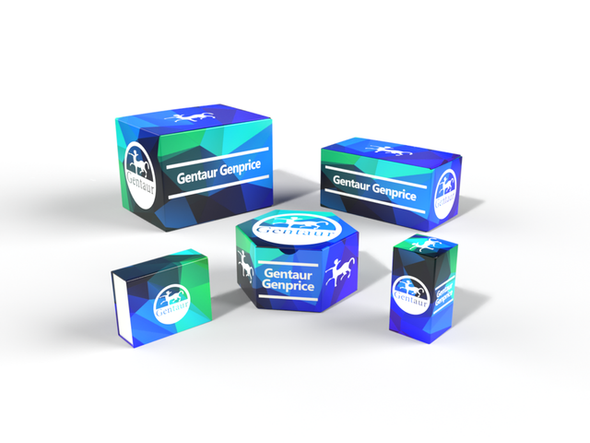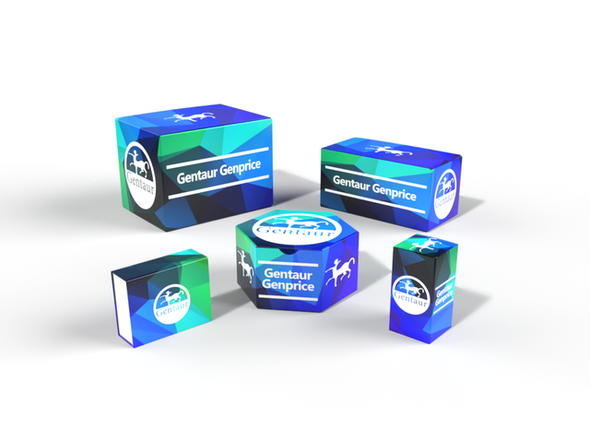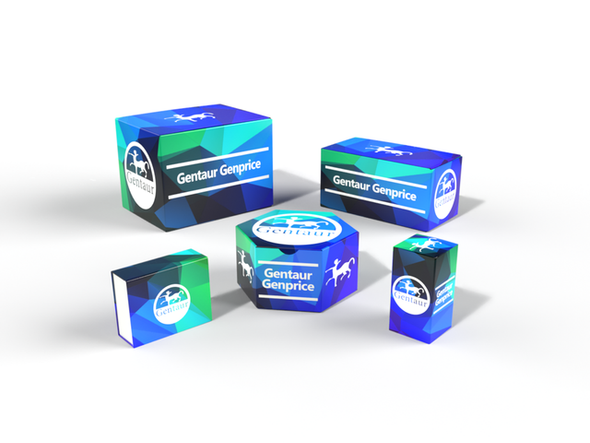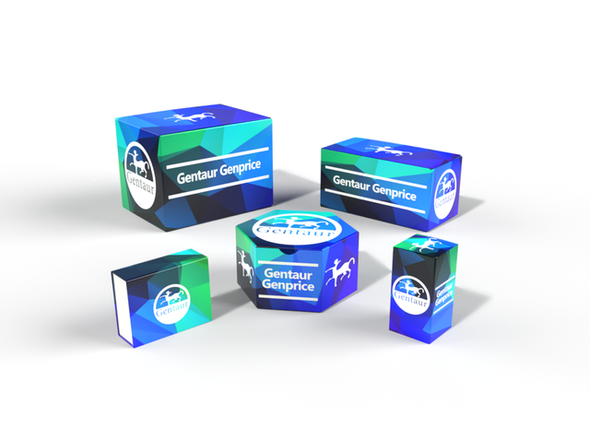Description
CD99 Antibody [HO36-1.1] | 33-439 | Gentaur UK, US & Europe Distribution
Host: Mouse
Reactivity: Human, Rat
Homology: N/A
Immunogen: Purified E-rosette forming cells from human peripheral blood lymphocytes were used as the immunogen for the CD99 antibody.
Research Area: Signal Transduction
Tested Application: WB, Flow, IF, IHC-P
Application: Western blot: 1-2 ug/ml
Flow Cytometry: 5-10ul/million cells in 0.1ml
Immunofluorescence: 0.5-1 ug/ml
Immunohistochemistry (FFPE) : 1-2 ug/ml for 30 min at RT (1)
Prediluted format : incubate for 30 min at RT (2)
Optimal dilution of the CD99 antibody should be determined by the researcher.
1. Staining of formalin-fixed tissues requires boiling tissue sections in 10mM Citrate buffer, pH 6.0, for 10-20 min followed by cooling at RT for 20 min
2. The prediluted format is supplied in a dropper bottle and is optimized for use in IHC. After epitope retrieval step (if required) , drip mAb solution onto the tissue section and incubate at RT for 30 min.
Specificiy: N/A
Positive Control 1: N/A
Positive Control 2: N/A
Positive Control 3: N/A
Positive Control 4: N/A
Positive Control 5: N/A
Positive Control 6: N/A
Molecular Weight: N/A
Validation: N/A
Isoform: N/A
Purification: PEG precipitation
Clonality: Monoclonal
Clone: HO36-1.1
Isotype: IgM, kappa
Conjugate: Unconjugated
Physical State: Liquid
Buffer: PBS with 0.1 mg/ml BSA and 0.05% sodium azide
Concentration: 0.2 mg/mL
Storage Condition: Aliquot and Store at 2-8˚C. Avoid freez-thaw cycles.
Alternate Name: CD99, 12E7, CD99 antigen, MIC2X, MIC2, Surface antigen MIC2, MIC2Y, MSK5X, Protein MIC2, T-cell surface glycoprotein E2, CD99 molecule, E2 antigen, HBA71
User Note: Optimal dilutions for each application to be determined by the researcher
BACKGROUND: CD99 is involved in T-cell adhesion processes and in spontaneous rosette formation with erythrocytes. Plays a role in a late step of leukocyte extravasation helping leukocytes to overcome the endothelial basement membrane. Acts at the same site as, but independently of, PECAM1. [UniProt]
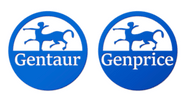
![CD99 Antibody [HO36-1.1] CD99 Antibody [HO36-1.1]](https://cdn11.bigcommerce.com/s-1rdwiq712m/images/stencil/608x608/products/483696/489525/gentaur-genprice__26005.1661610467__29809.1661628092__75433.1661676199__77988.1661684280__64362.1661692443__02085.1662049603__45075.1662119302__91744.1662191540__21580.1662291419__96833.1663498754.png?c=1)
